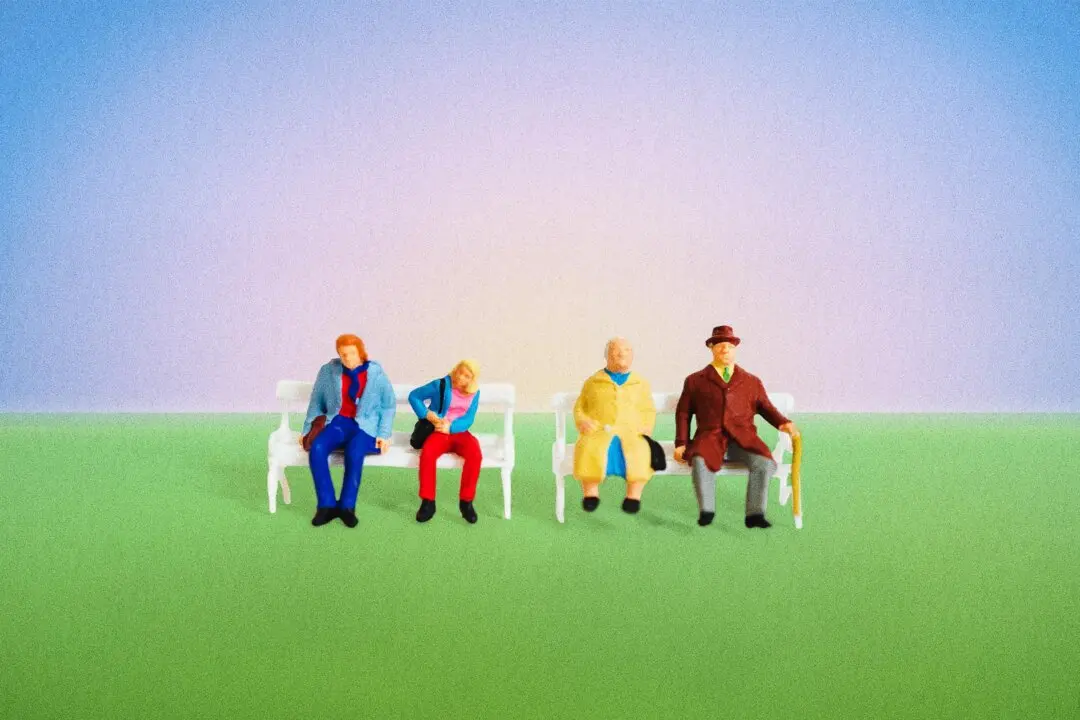A goal is any outcome in your life that wouldn’t happen without an intervention. It’s a detour from the path of least resistance.
Maybe you recognize that your current habits aren’t cutting it. You have greater ambitions for your life than the trajectory your current behaviors have you on.






